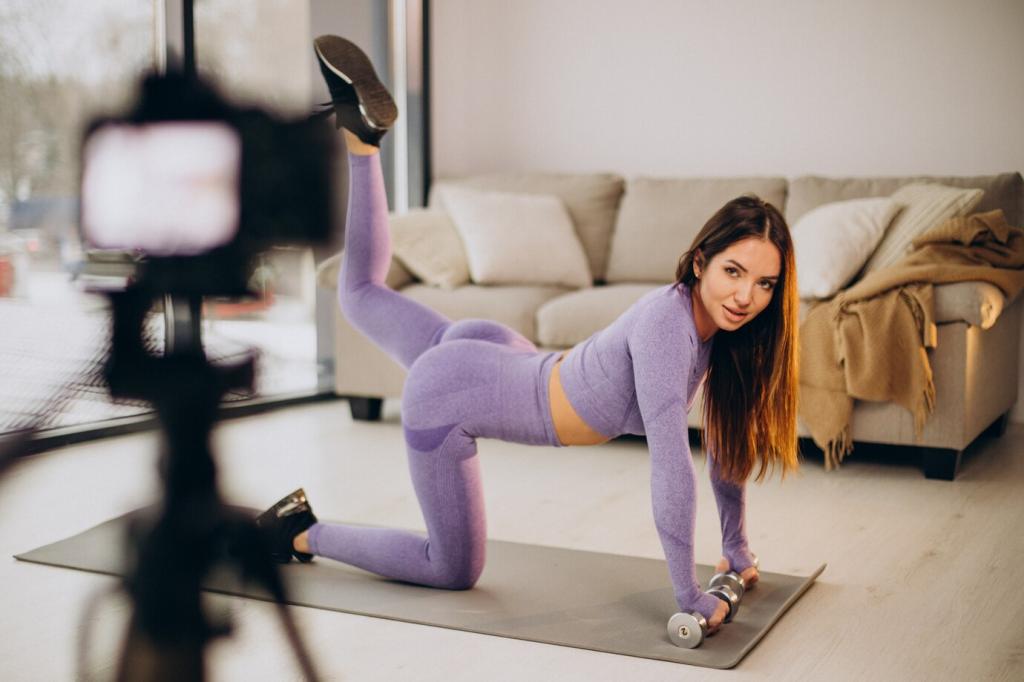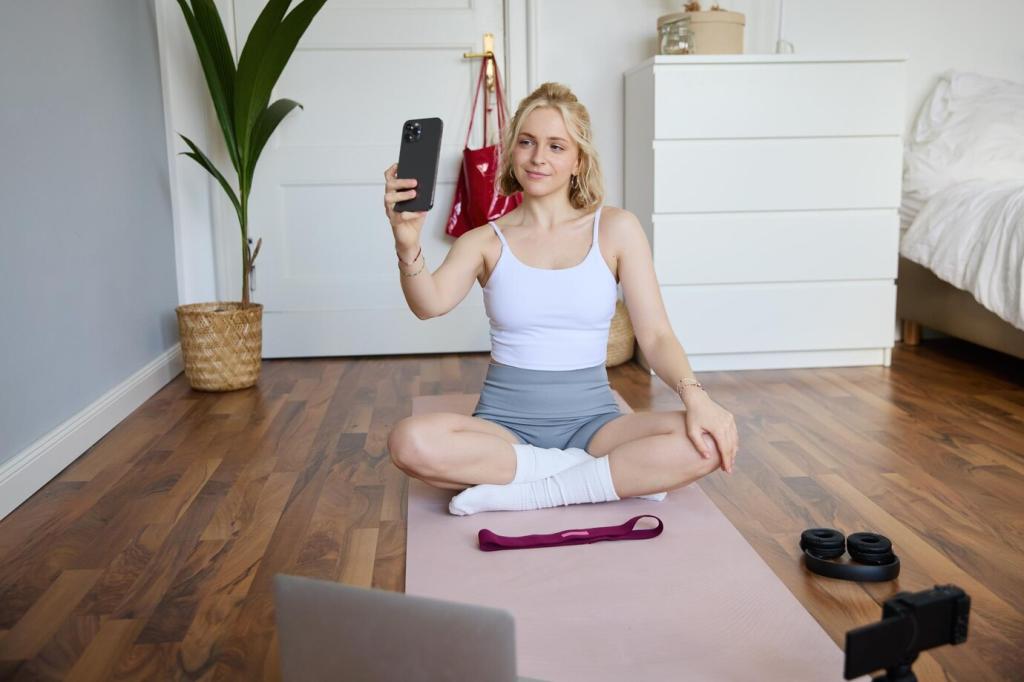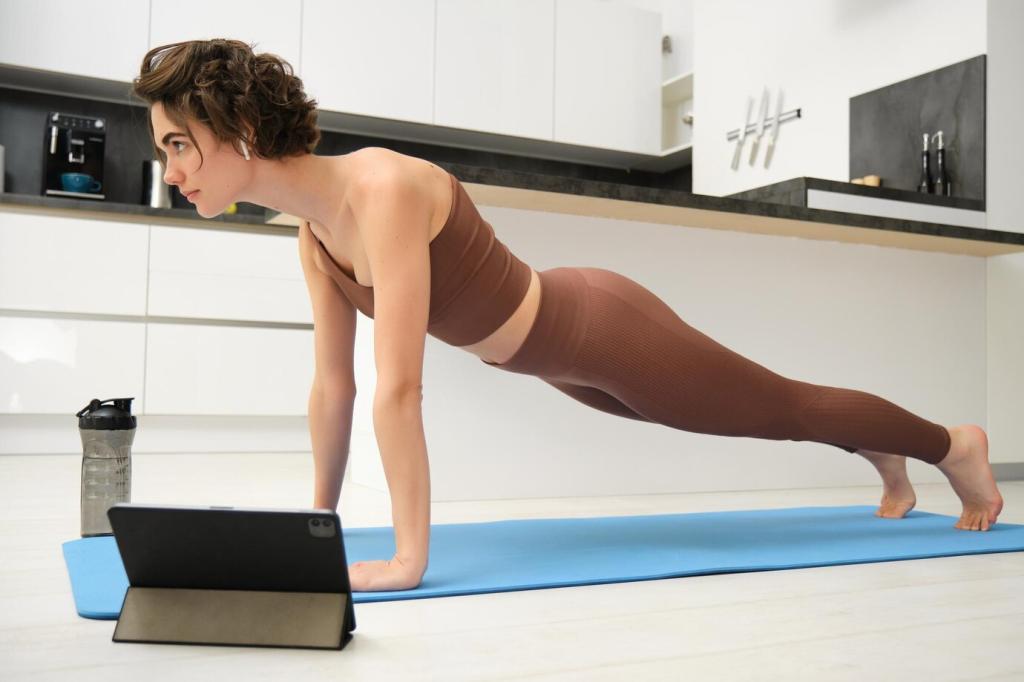Understanding Skill Levels: Beginner, Intermediate, Advanced
Beginners learn movement patterns and consistency; intermediates manage progressive overload and plateaus; advanced athletes fine‑tune variables. Consider technique quality, recovery capacity, and training age. Share your current level in the comments so we can tailor upcoming posts.
Understanding Skill Levels: Beginner, Intermediate, Advanced
If you consistently hit your reps with clean form, recover well between sessions, and feel bored rather than challenged, it’s time to scale difficulty. Ask questions below and subscribe for personalized progression checklists delivered to your inbox.
Understanding Skill Levels: Beginner, Intermediate, Advanced
Beginners rush heavy loads; intermediates ignore recovery; advanced trainees chase novelty over structure. Avoid these by matching volume to skill, mastering technique, and periodizing training blocks. Comment with pitfalls you’ve faced so others can learn from your experience.





